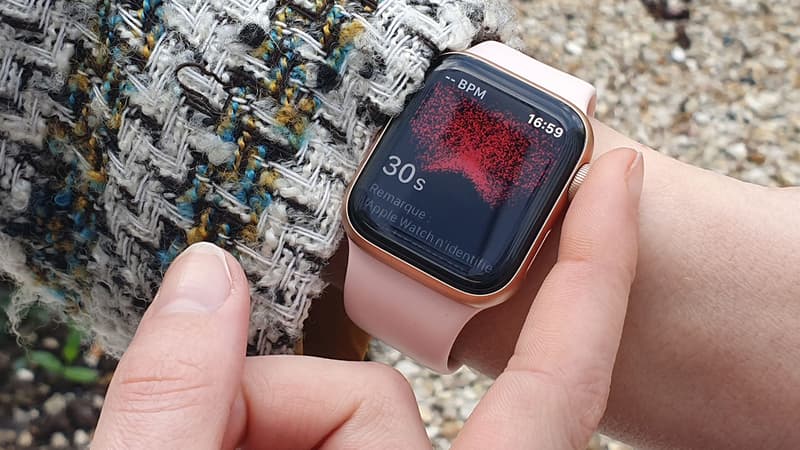Calories burned, number of steps, sleep… With connected watches, a large amount of data can be accessed from our wrist. By allowing you to control your health, they are a way, for some, to control their weight, for example. However, the question arises whether the data from these devices is reliable.
Margin of error
In reality, the data provided by connected watches is not 100% reliable. These are approximations. A study published last July and disseminated by the Android Authority site highlights this lack of reliability.
While connected watches can measure a user’s heart rate with a margin of error of 3%, the same is not true for the number of calories burned during physical exercise. Depending on the devices used, the observed error margins vary between 14.76 and 21.27%. Smartwatches also tend to overestimate sleep time by more than 10%. There are so many reasons why this data should not be taken literally.
Risk of false positives
Another danger of connected watches: false positives. They can worry users by falsely alerting them to a problem with their heart rate. As indicated by a study published in 2020 and reported by the American media The Verge, the heart monitoring function of the Apple Watch has caused, for example, unnecessary visits to the doctor.
Of the 264 patients who visited a Mayo Clinic hospital in the United States after their Apple Watch showed worrying results, only about 10% were diagnosed with heart disease. In other words, most of them were worried about their watch even though everything was fine. Therefore, it is important not to forget that these devices do not replace doctors, as Apple reminds us for its health monitoring functions.
Less reliable measurements due to tattoos.
In addition to these problems, smartwatches can also be affected by tattoos. In addition to altering its operation, it is likely that these will have an impact on the measurements made. Problems that push some users to remove their tattoo in order to use their connected watch.
More specifically, tattoos can affect the accuracy of heart rate, as explained by the manufacturers of these connected objects. “The ink, pattern, and saturation of some tattoos can prevent light from reaching the sensor, which could make it difficult to obtain a reliable heart rate reading,” Garmin states on a support page, recommending, like others, wear his watch “in a place without tattoos.”
Source: BFM TV


